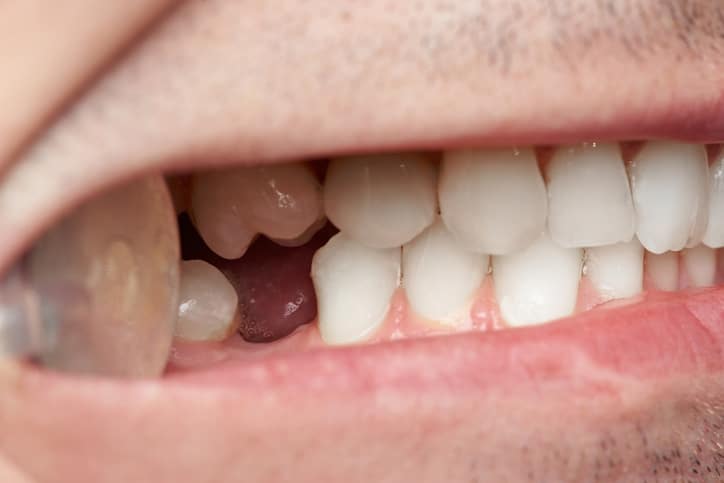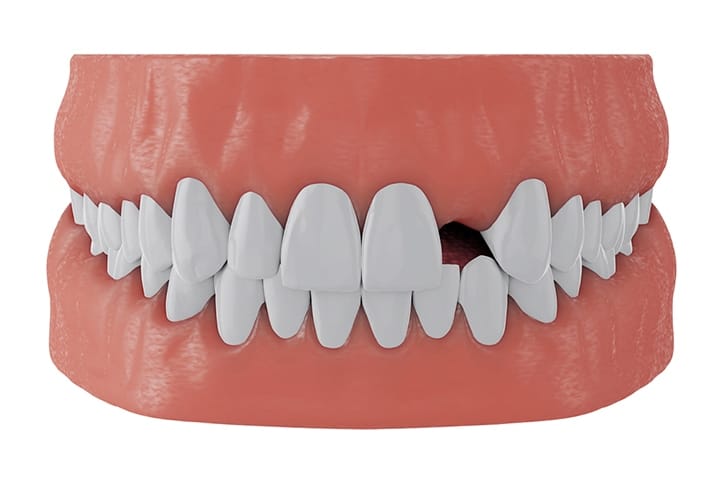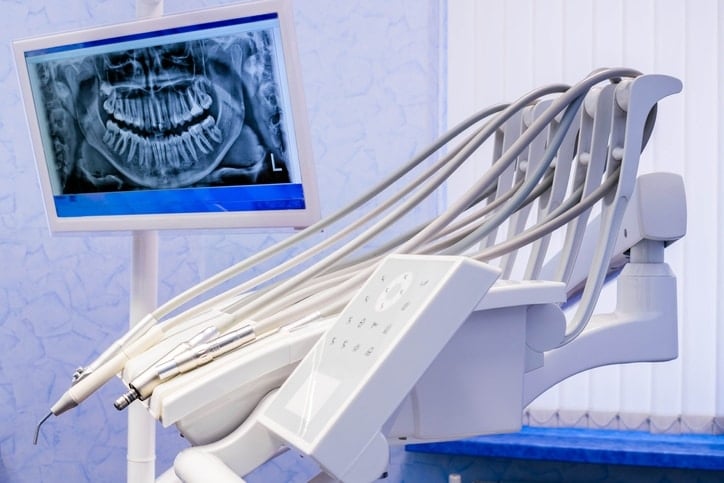Bone grafting can sound like an intimidating procedure, especially when you don’t know a lot about it. Bone grafting and dental implants often go together. Essentially, performing a bone graft creates a strong foundation for dental implants and can even improve their appearance. Here is everything you need to know about bone grafting when it comes to dental implants.
What is it?
First and foremost, let’s define bone grafting. It is a surgical process that transplants bone tissue to repair or rebuild other bones. This transplant helps to replace bone and bone tissue that’s missing and strengthens the natural bone.
It’s a Regular Dental Procedure
There’s no need to worry when your dentist brings up bone grafting in an initial consultation. It is a minimally invasive and innocuous process. Think of it as the first step that a lot (but not all) patients require in getting a dental implant.
Why Would I Require Bone Grafting?
If you are getting dental implants and the bones in and around your mouth aren’t healthy enough to support these implants, you will require a bone graft.
If you’ve lost a tooth, the socket (missing space where the tooth was) may have become infected. This infection could cause the bone to deteriorate and led you to require a bone graft. Every day that the tooth is missing, bone loss will occur. This rapid deterioration is why we recommend that patients come in as soon as possible for dental implants when they have missing teeth. However, even if you replace a missing tooth with a dental implant the day you lose it, you may still require a bone graft.
Causes of Bone Deficiency
Besides tooth loss, the following factors can additionally contribute to your need for a bone graft:
- Defects from Birth
- Gum Disease
- Facial Injury
Why do Missing Teeth Lead to Bone Loss?
Typically the bone that requires bone grafting is the alveolar bone. This is the bone that supports and holds your teeth in place. When there is no tooth to support or hold in place, the alveolar bone will atrophy. This atrophying can then quickly lead to jawbone loss.
Osseointegration is necessary for dental implants. This is the process of the implant bonding with the bone and creating a strong base. If the bone itself isn’t healthy enough for this process to occur, the implant will ultimately fail.

What is the Process of Bone Grafting?
There are four major bone grafting procedures. Each procedure differs due to the intensity of each patient’s tooth and bone damage as well as the location of the missing tooth. Here is a breakdown of each procedure:
Socket Graft
The socket graft is the most common bone graft procedure. It is meant to prevent the alveolar bone from atrophying and the socket from the collapsing. The bone is usually transplanted directly into the socket. Patients will be ready for dental implants four to six months after having a socket graft. It will additionally minimize the pain felt after the dental implant procedure.
Lateral Ridge Preservation Graft
The lateral ridge preservation graft expands the jawbone’s width so that the dental implant can fit.
Block Bone Graft
The block bone graft is employed when the jawbone has defects. The oral surgeon will take a block of bone from the back of the jaw, place it into the defect, then hold it the block in place with tiny titanium screws.
The lateral ridge preservation graft and the block bone procedure heal after approximately four to six months.
Sinus Lift Procedure
The sinus lift procedure is used when the dental implant needs to go in the upper jaw. The upper jawbone is not as stable as the lower, so often, patients will require a graft. This procedure takes from eight to twelve months to heal.

How Painful are Bone Grafts?
Fortunately, bone grafting is a painless process. Patients will often be sedated for the whole procedure. You likely will not feel any pain during the healing process. Patients will be given antibiotics to prevent infection and, occasionally, pain medication. If you experience any pain or discomfort, contact our Dental Implants Clinic experts, and we will provide the best course of action for you.
What Happens After A Bone Graft?
Patients will have to wait for transplanted bone or bone tissue to fuse with your natural bone. Each patient will have a different healing time as everyone’s bodies are different. One of our dentists will check your mouth during regular visits and determine when you’re ready for dental implants.

How Do I Know If I Need A Bone Graft Before Dental Implants?
Book a free dental consultation with Dental Implants Clinic to determine whether or not you’ll need a bone graft. The staff at Dental Implants Clinic are dental implants experts! We can answer any questions you may have surrounding the process of bone grafts or dental implants. Contact us today to talk to a dental implant specialist and learn more.
